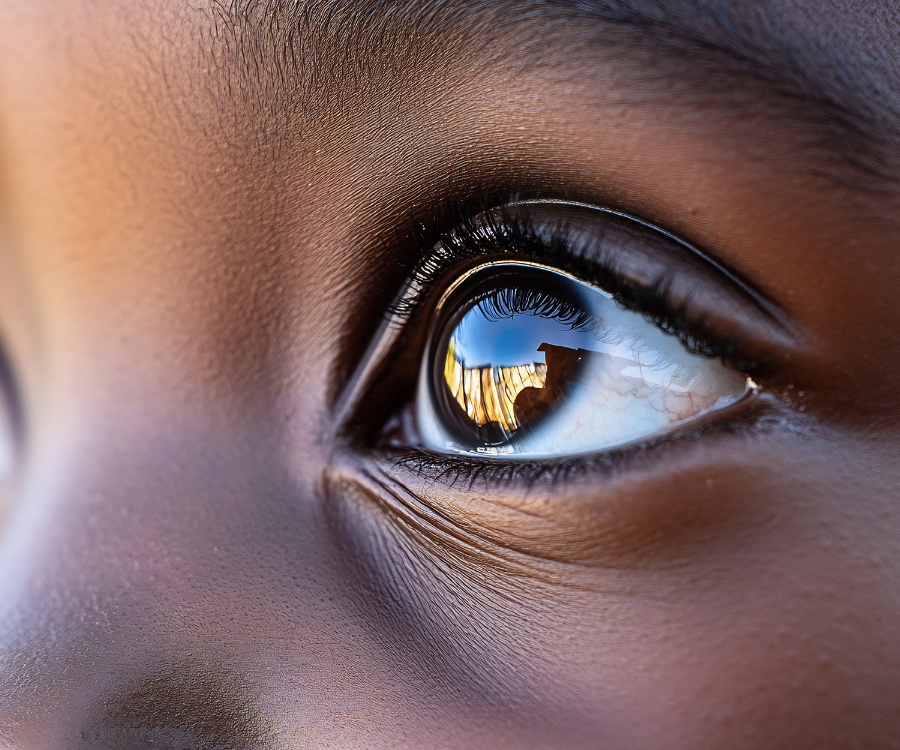Shedding Light: How Lighting Affects Your Eyes at Home and Work
Think about it: from the moment you wake up to the minute you close your eyes, your eyes are constantly working. And what plays a massive, yet often overlooked, role in their comfort and long-term health? The lighting around you. Whether you’re unwinding at home or tackling tasks at the office, the quality and type of illumination can significantly impact your eye health, productivity, and even your mood.
Let’s shed some light on how different lighting conditions affect your eyes and what you can do to create more eye-friendly environments.
The Science Behind the Glow: How Light Impacts Your Vision
Our eyes are incredible organs, designed to adapt to a vast range of light levels. However, prolonged exposure to less-than-ideal lighting can lead to various issues:
- Eye Strain and Fatigue: Too dim or too bright light, or light that creates harsh glare, forces your eyes to work harder to focus. This can lead to symptoms like headaches, blurred vision, dry eyes, and general eye fatigue.
- Reduced Visual Acuity: Inadequate lighting can make it difficult to discern details, causing you to squint and increasing the strain on your eyes.
- Disrupted Circadian Rhythm: Exposure to certain types of light, particularly blue light from screens and some LED bulbs, especially at night, can interfere with your body’s natural sleep-wake cycle, leading to poor sleep quality.
- Long-Term Damage: While less common in typical home/office settings, extreme or prolonged exposure to certain wavelengths (like intense UV without protection) can contribute to long-term eye damage.
At Home: Creating Your Oasis of Optimal Light
Your home should be a haven, and that includes your eyes. Here’s how lighting plays a role:
- Ambient Lighting is Key: This is your general, overall illumination. Aim for soft, diffused light that fills the room without creating harsh shadows. Think ceiling fixtures with diffusers or multiple lamps instead of one bright overhead bulb.
- Task Lighting for Activities: When reading, cooking, or pursuing hobbies, task lighting is crucial. A good desk lamp or under-cabinet lighting for the kitchen provides focused illumination where you need it most, reducing eye strain.
- Minimize Glare from Screens: Position your computer screen or TV to avoid direct reflections from windows or bright lights. Using anti-glare screens or adjusting monitor brightness can also help.
- Embrace Natural Light: Whenever possible, maximize natural daylight. It’s the best light for your eyes, improving mood and visual comfort. Arrange furniture to take advantage of windows, but use blinds or curtains to manage direct sun.
- Warm vs. Cool Tones: “Warm” light (lower Kelvin temperature, like 2700K-3000K) is generally relaxing and suitable for bedrooms and living areas. “Cool” light (higher Kelvin, 4000K-5000K) is more invigorating and can be good for kitchens or utility areas where alertness is needed, but avoid it in relaxation spaces.
At Work: Boosting Productivity and Protecting Your Vision
The office environment often demands prolonged periods of intense visual work, making proper lighting even more critical.
- Balance Between Natural and Artificial Light: Ideally, your workspace should leverage natural light without causing excessive glare. Desk placement near windows is often preferred, but manage direct sunlight with blinds.
- Uniform Illumination: Avoid stark contrasts between brightly lit areas and dark corners. This forces your eyes to constantly adjust, leading to fatigue.
- Adjustable Task Lighting: A good desk lamp with adjustable brightness and direction is indispensable. Direct the light onto your work surface, not into your eyes or onto your screen.
- Reduce Screen Glare: This is paramount in an office. Position monitors correctly, use matte screen protectors, and ensure overhead lights aren’t reflecting directly off your screen. Consider anti-glare glasses if needed.
- Avoid Flickering Lights: Old fluorescent lights that flicker are notorious for causing eye strain and headaches. If you notice flickering, report it to facilities management. Modern LED lighting is generally flicker-free.
- Regular Breaks: No matter how good the lighting, taking regular breaks (the 20-20-20 rule – every 20 minutes, look at something 20 feet away for 20 seconds) is vital to relax your eye muscles.
The Power of Proper Lighting: A Brighter Future for Your Eyes
Investing a little time and effort into optimizing the lighting in your home and workspace can yield significant benefits. You’ll experience less eye strain, improved comfort, better concentration, and potentially even better sleep.
So, take a moment to assess the light around you. Are your eyes thanking you, or are they struggling in the shadows? Adjusting your illumination can be one of the simplest yet most effective steps you take towards long-term eye health.

